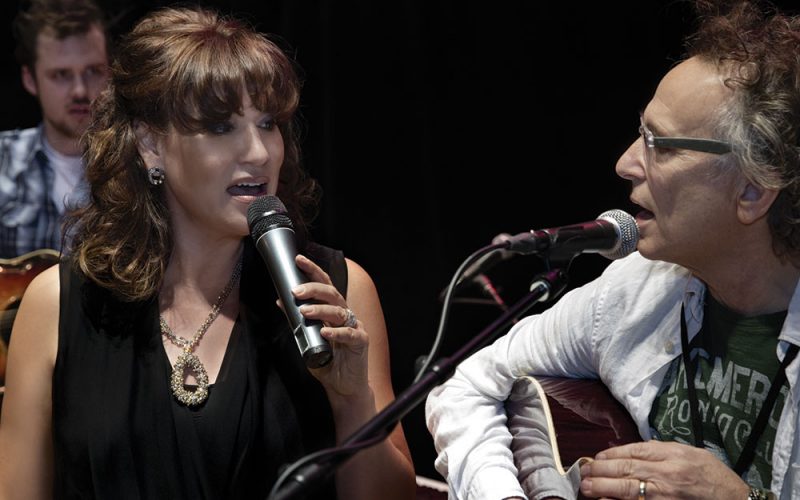
By Graeme McNaughton/Active Senior’s Digest
It was in the mid-1960s that a teenaged Sandy Hawley would first get the notion of what would later entail much of his life.
“I had no horseracing background at all. I remember my uncle, when I was about 16, he said ‘You know what, you should think about becoming a jockey. You’re the right size and you’re not growing that much,’” he says.
“Now, I knew what jockeys did, but I actually never thought about being one myself.”
It was two short years later that Hawley would begin his record-setting career as a jockey. But it all started with a trip to a legendary horse farm, since lost to the ages and the construction of new homes.
“When he mentioned that to me, I started getting excited and was bugging him about when he was going to take me to the racetrack,” he says.
“I grew up in Oshawa, so he took me to Windfields Farm, and I had an opportunity to meet a trainer by the name of Duke Campbell, and he took me under his wing and taught me all the fundamentals about riding and brought me along slow. I groomed horses for a year, exercised horses for a year before I got to ride in my first race.”
That first race came in 1968, atop a horse named Rico Victory. Despite her moniker, the horse was unable to give Hawley a victory in his debut. However, it wasn’t long until Hawley started to win. And win, and win.
It was five short years later that Hawley would go on to set a record for most wins by a jockey in a single season, becoming the first to top the 500 mark, a year that saw him split his time between racetracks in Canada and the United States in order to beat the record set two decades earlier by legendary jockey Bill Shoemaker.
In his 30-year career, Hawley would rack up more than 6,400 victories, including four Queen’s Plates and eight Canadian Oaks, and being the top rider at Woodbine Racetrack for 10 straight years.
And what does Hawley miss the most?
“The money and the paycheques,” he says with a laugh.
“But really, it’s the feeling of accomplishment when you get to the wire and you’re at the wire first and you go to the winner’s circle and everybody involved – the groom, the exercise boy, the trainer, the owner – it’s a great feeling of accomplishment when you get in that winner’s circle.”
As for what he doesn’t miss, it’s the danger of the sport.
“It was a lot of hard work and dedication, and it was dangerous. I don’t miss that on the racetrack. Sometimes I see spills and guys get hurt, and I’ve been there and done that. I don’t miss that, that’s for sure,” he says.
“I had an average of two spills a year, so I’ve fallen on my head about 60 times. My worst spill of all wasn’t even in a race, it was in post-race, and a horse backed into my horse and my horse got skiddish and scared and reared to get out of the way, so went up over backwards and on top of me. I broke my pelvis, shattered my vertebrae, severed my urethra, separated my shoulder, broke ribs. I was out for eight months.”
While Hawley was unable to escape injuries, he was able to escape the pitfall of many a jockey – going to extreme lengths in order to make weight for a race.
“A lot of riders do have a weight problem, but I was one of the lucky ones,” he says.
“I never had to watch my weight – I always weighed around 105, 106 when I was riding. Some riders are bigger boned, bigger in stature, bigger in general, but they want to be jockeys and they have to try and keep their weight down. Some guys are five-foot-six, five-foot-seven, and they still want to be jockeys. I’m five-foot-two, so I’m smaller in stature and small-boned.”
The fight to be as light as possible was highlighted in the 2004 HBO documentary Jockeys, which featured a scene showing a heaving bowl at Churchill Downs, home of the Kentucky Derby, where jockeys would make themselves throw up in order to shed the pounds before race time.
A 1995 study by the Rehabilitation Institute of Chicago found that 69 per cent of jockeys would skip meals, more than 60 per cent would get into a sweatbox or sauna, one third used diuretics and 14 per cent would take laxatives.
“At least 50 per cent of the guys in the room would have weight problems, have to watch what they eat, go in the sweatbox before they go and ride,” Hawley says.
“Some of them are in there for two, three hours before they ride a race. I can’t believe that they do that because it’s got to drain a lot of energy.”
But with those days behind him, now working part-time with Woodbine Entertainment Group, Hawley says he’s grateful for what he did during his illustrious career, and for what it’s led to him doing now.
“I rode for 30 years and came out in one piece. I guess I’m pretty lucky.”





